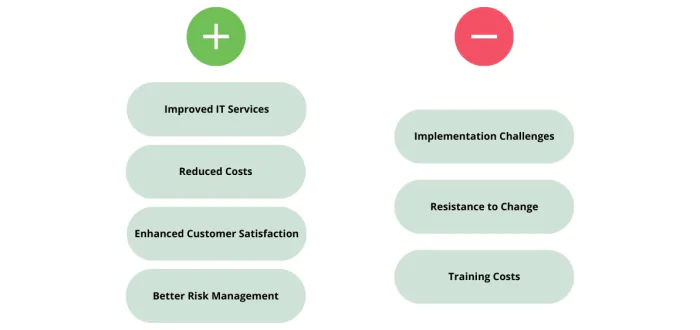The Information Technology Infrastructure Library (ITIL) is a globally recognized set of best practices designed to support the delivery of high-quality information technology (IT) services. Developed during the 1980s by the United Kingdom's Central Computer and Telecommunications Agency (CCTA), ITIL was born out of the recognition that organizations increasingly relied on IT, yet there was a lack of established practices to maximize IT's effectiveness.
The CCTA, tasked with developing methods for more efficient and cost-effective use of IT resources, initially launched ITIL as a series of books, each one covering a specific practice within IT service management. Over time, the library expanded and was updated to keep pace with the fast-evolving world of IT, eventually becoming a comprehensive framework that outlines a set of detailed, interlinked processes for managing all aspects of IT infrastructure, development, and operations.
The first version of ITIL, known as ITIL V1, was published in the late 1980s and early 1990s. It was followed by ITIL V2 in 2000, which brought a more process-oriented approach. In 2007, ITIL V3 introduced the service lifecycle concept. The most recent version, ITIL 4, released in 2019, expanded to include practices that align with modern digital businesses, including Agile, DevOps, and Lean.
Today, ITIL is owned by AXELOS. It continues to provide a robust and adaptable framework for managing IT services, enabling organizations to navigate the complexities of the digital age worldwide. Its enduring success attests to its effectiveness in enhancing IT service management across various industries worldwide.
Synonyms: While ITIL is the most recognized term for this framework, it is also occasionally referred to as "IT Service Management" or "ITSM."
Weighing the Pros and Cons: Is ITIL Worth It?
As with any strategic framework, ITIL comes with its own set of benefits and challenges.

Pros:
- Improved IT Services:
ITIL's best practices approach leads to efficient management of IT services, resulting in higher quality and reliability. - Reduced Costs:
By streamlining processes, ITIL can help identify and eliminate wasteful practices, thus reducing costs. - Enhanced Customer Satisfaction:
A well-managed IT service leads to increased customer satisfaction and loyalty. - Better Risk Management:
ITIL provides guidelines for managing risks, service disruption, and failure.
Cons:
- Implementation Challenges:
Implementing ITIL practices can be complex, time-consuming, and require considerable resources. - Resistance to Change:
Like any new system, ITIL might face resistance from employees accustomed to old practices. - Training Costs:
Staff members need to be trained to understand and apply ITIL principles, which adds to the cost.
The Significance of ITIL in Consulting
Understanding ITIL is a must for consultants, particularly those working with organizations that rely heavily on IT services. The ITIL framework offers a tried and tested model to improve IT service management, making it a valuable asset in a consultant's toolkit.
As businesses increasingly depend on reliable and efficient IT services, the ability to implement and manage ITIL principles is a significant advantage. Even with its potential challenges, the benefits of implementing ITIL can far outweigh the drawbacks, leading to enhanced IT service quality, increased customer satisfaction, and, ultimately, improved business performance.


